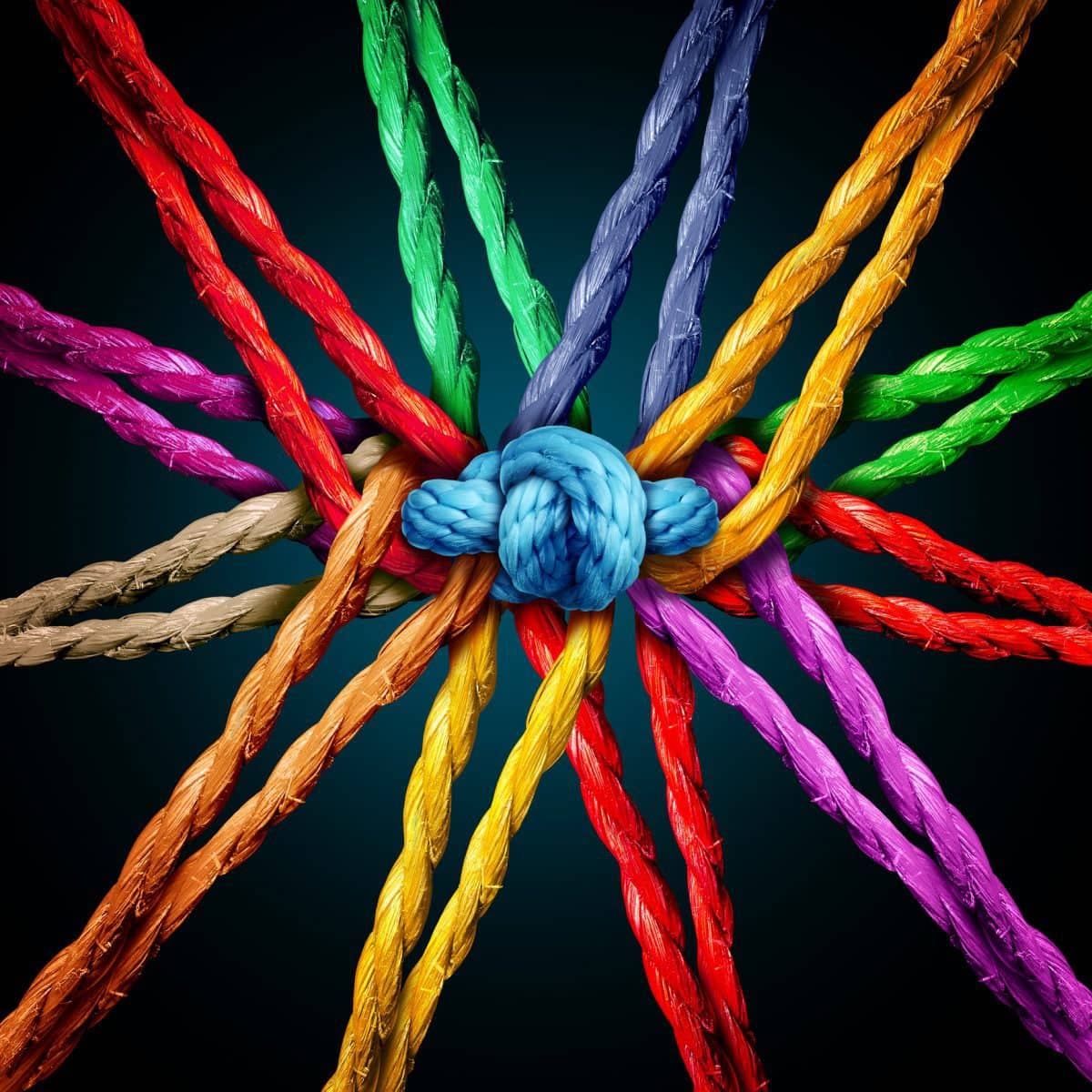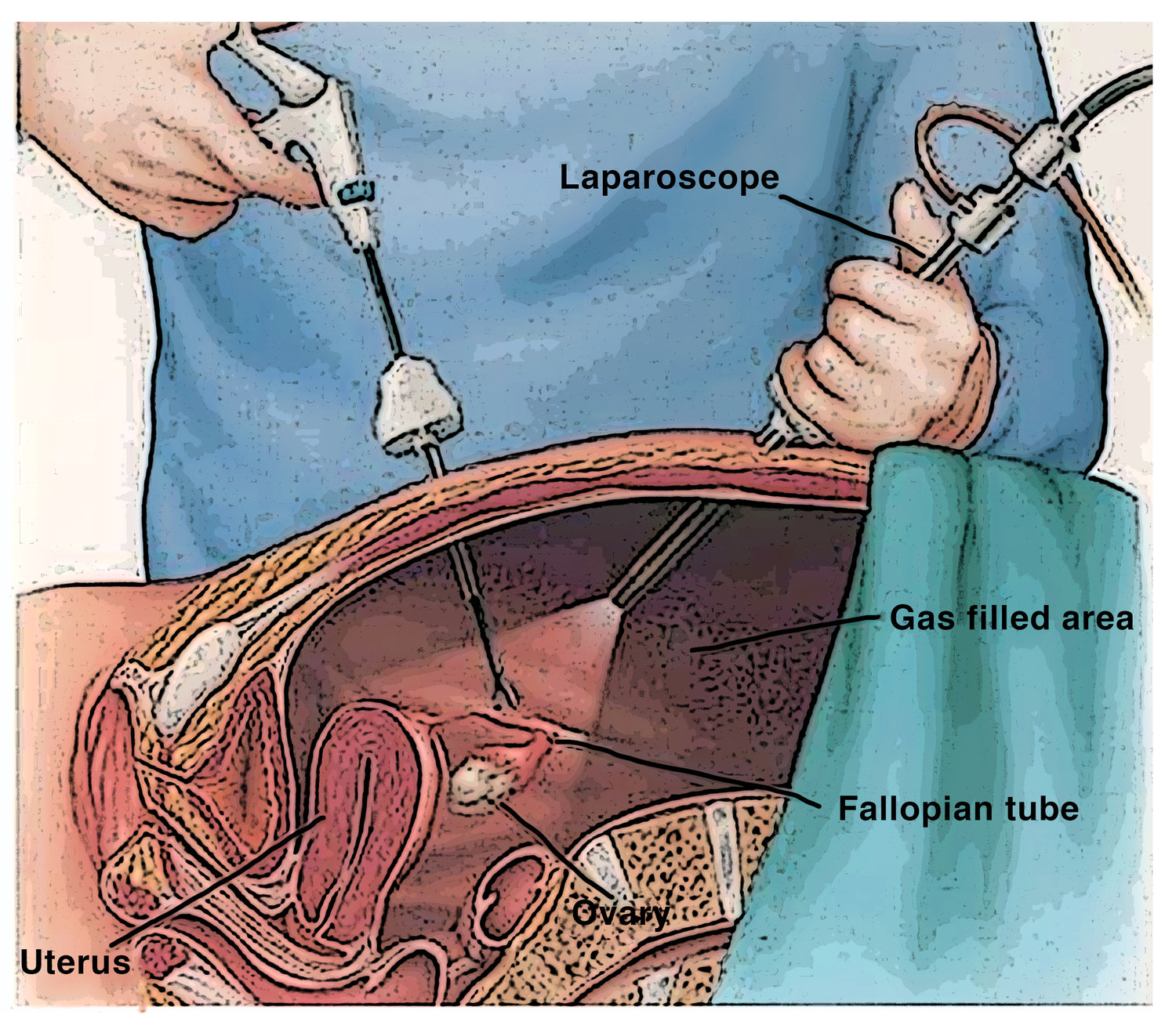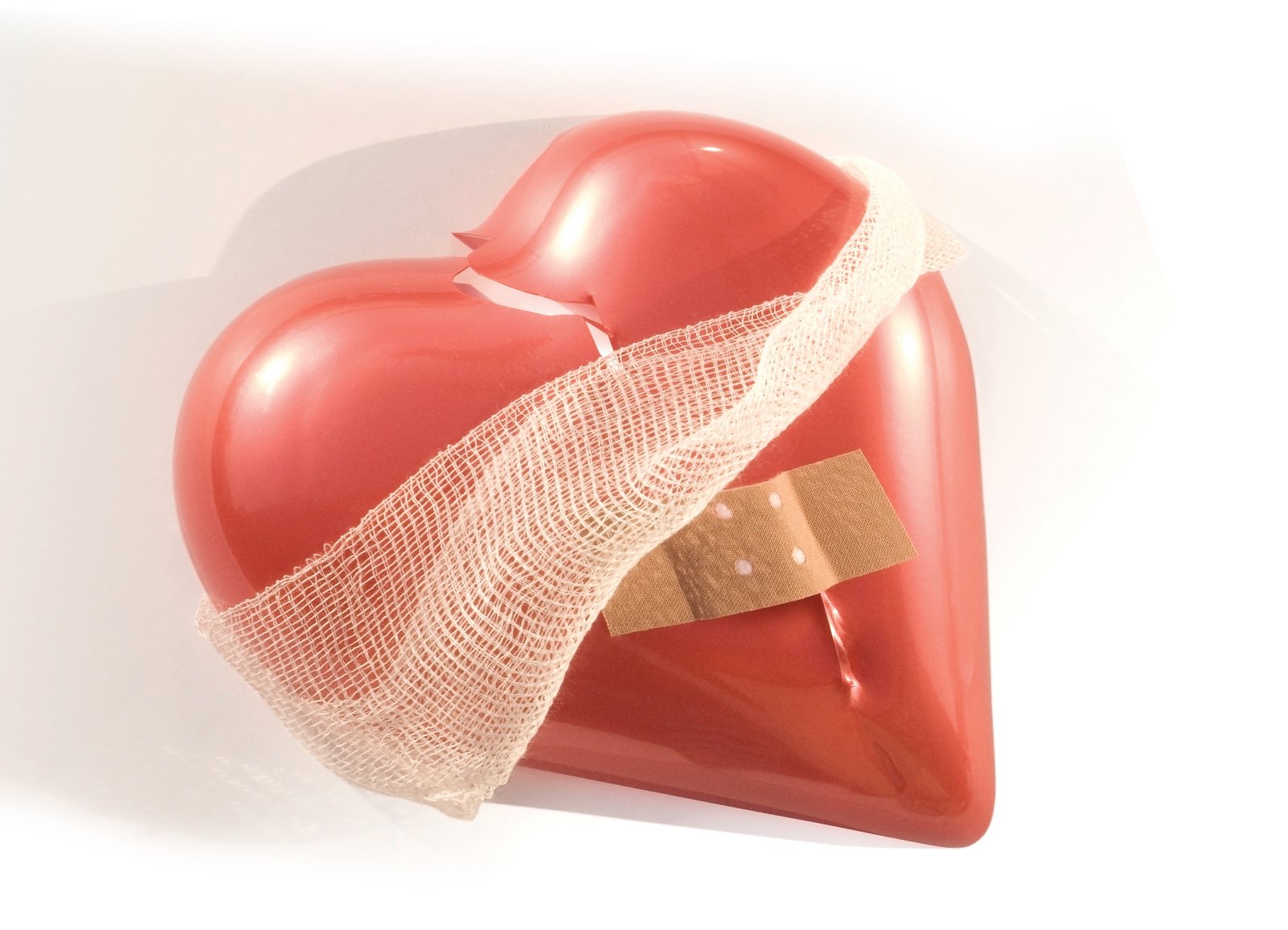Have you ever wondered why some injuries or surgeries leave behind scars that seem to stick to the underlying tissue, while others heal cleanly without a trace? Scars, adhesions, and the biotensegral body are all interconnected and impact the healing process. Understanding this relationship can help us promote optimal healing and reduce the risk of complications.

The Interconnectedness Challenge – SafetyAtWorkBlog – Source safetyatworkblog.com
Pain Points
Scar tissue can cause pain, stiffness, and reduced mobility. Adhesions, which are bands of scar tissue that form between tissues, can restrict movement and cause pain. These issues can significantly impact our daily lives, affecting everything from simple tasks like walking to more complex activities like playing sports or dancing.

Scars , Adhesions and the Biotensegral Body (Original PDF) – Source medicebook.com
The Biotensegral Body and Healing
The biotensegral model of the body views the body as a tensegrity structure, in which tissues are interconnected and supported by a network of tension and compression. This model helps us understand how scars and adhesions can disrupt the body’s natural balance and lead to pain and dysfunction.

NET Remedies® #10 SCARS-ADHESIONS – NET Australia – Source netmindbody.com.au
Summary: Scars, adhesions, and the biotensegral body are interconnected and can impact the healing process. Understanding this relationship can help us optimize healing and reduce the risk of complications.
Personal Experience: Unraveling the Scars of the Past
I have personally experienced the impact of scars and adhesions after undergoing surgery. The scar tissue that formed adhered to the underlying muscle, causing pain and restricting my movement. Through a combination of physical therapy, massage, and a deeper understanding of the biotensegral model, I was able to gradually release the adhesions and improve my mobility.
Alnoor Ladha: Oppression, Interconnection, Healing — EcoResolution – Source www.ecoresolution.earth
What are Scars, Adhesions, and the Biotensegral Body?
Scars are the body’s natural response to injury or surgery. They are composed of collagen, a protein that helps to repair damaged tissue. Adhesions are bands of scar tissue that form between tissues, potentially causing pain and restricting movement. The biotensegral body is a model of the body that views it as a tensegrity structure, with tissues interconnected and supported by a network of tension and compression.

Fibroids/Scars/Adhesions – Doc of Detox – Source store.docofdetox.com
History and Myths of Scars, Adhesions, and the Biotensegral Body
Scars and adhesions have been recognized and studied for centuries. Ancient Egyptians used honey and beeswax to treat wounds, while Chinese medicine has long recognized the importance of fascia, the connective tissue that surrounds muscles and organs. The biotensegral model is a relatively new concept, developed in the 1960s by Buckminster Fuller and Donald Ingber.

Laparoscopic Surgery for Endometriosis – Statesboro Women’s Health – Source statesboro.com
Hidden Secrets of Scars, Adhesions, and the Biotensegral Body
Research on scars, adhesions, and the biotensegral body has revealed some surprising insights. Scars can transmit pain signals, even years after the injury has healed. Adhesions can affect the function of nerves and blood vessels, leading to a variety of symptoms. The biotensegral model suggests that the body’s tensegrity structure is essential for optimal movement and function.

Lucid Dreaming for Healing PTSD – IONS – Source noetic.org
Recommendations for Healing Scars, Adhesions, and the Biotensegral Body
If you have scars or adhesions, there are several things you can do to promote healing:
- Massage: Gentle massage can help to break down adhesions and reduce pain.
- Physical Therapy: Exercises prescribed by a physical therapist can help to improve mobility and reduce pain.
- Fascia Release Techniques: Techniques such as myofascial release and Rolfing can help to release tension and improve the function of fascia.
- Low-Level Laser Therapy: This therapy uses low-level lasers to stimulate healing and reduce inflammation.

Understanding and Healing Soul Wounds – Source pamelachristianministries.com
The Biotensegral Body: A Deeper Dive
The biotensegral model of the body has profound implications for our understanding of health and healing. This model suggests that the body is not a rigid structure, but rather a dynamic system that is constantly adapting and changing. By understanding the biotensegral nature of the body, we can develop more effective strategies for healing and preventing injuries.
Tips for Optimal Healing
Here are some additional tips for optimal healing of scars, adhesions, and the biotensegral body:
- Listen to your body: Pay attention to your body’s signals and rest when needed.
- Move regularly: Gentle movement is essential for healing, even if it’s just a short walk.
- Eat a healthy diet: Nutritious foods provide the building blocks for healing.
- Get enough sleep: Sleep is essential for the body’s repair process.
- Manage stress: Stress can interfere with healing.
Scar Tissue and Pain
Scar tissue can be a source of pain, even years after the injury has healed. This pain is often caused by the fact that scar tissue is less flexible than normal tissue, which can restrict movement and cause irritation. Additionally, scar tissue can contain nerve endings that are sensitive to pain.
Fun Facts about Scars, Adhesions, and the Biotensegral Body
Did you know that…?
- The average person has about 10 scars on their body.
- Adhesions can form anywhere in the body, but they are most common in the abdomen and pelvis.
- The biotensegral model of the body is supported by a growing body of scientific research.
How to Reduce Scarring and Adhesions
There is no surefire way to prevent scarring or adhesions, but there are some things you can do to reduce the risk:
- Keep wounds clean and dry: This will help to prevent infection, which can lead to scarring.
- Use a silicone scar sheet: These sheets can help to flatten and soften scars.
- Massage the scar gently: This can help to break up adhesions and improve the appearance of the scar.
What if Scars, Adhesions, and the Biotensegral Body Are a Problem?
If you have scars or adhesions that are causing pain or restricting your movement, there are several treatment options available. These include:
- Surgery: Surgery can be used to remove adhesions or to release tight scar tissue.
- Physical Therapy: Physical therapy can help to improve mobility and reduce pain.
- Massage: Massage can help to break down adhesions and reduce pain.
- Low-Level Laser Therapy: This therapy uses low-level lasers to stimulate healing and reduce inflammation.
Listicle: 5 Ways to Heal Scars, Adhesions, and the Biotensegral Body
Here are five ways to heal scars, adhesions, and the biotensegral body:
- Massage
- Physical Therapy
- Fascia Release Techniques
- Low-Level Laser Therapy
- Lifestyle Changes
Questions and Answers
Q: What is the difference between a scar and an adhesion?
A: A scar is the body’s natural response to injury or surgery, while an adhesion is a band of scar tissue that forms between tissues.
Q: Can scars and adhesions cause pain?
A: Yes, scars and adhesions can both cause pain, especially if they are located in sensitive areas or if they restrict movement.
Q: What is the biotensegral model of the body?
A: The biotensegral model is a model of the body that views it as a tensegrity structure, with tissues interconnected and supported by a network of tension and compression.
Q: How can I reduce my risk of developing scars and adhesions?
A: There is no surefire way to prevent scarring or adhesions, but you can reduce your risk by keeping wounds clean and dry, using a silicone scar sheet, and massaging the scar gently.
Conclusion of Scars, Adhesions, And The Biotensegral Body: Understanding The Interconnection And Healing Implications
Understanding the interconnected relationship between scars, adhesions, and the biotensegral body can empower us to promote optimal healing and reduce the risk of pain and dysfunction. By incorporating evidence-based practices into our self-care routines, we can restore our bodies’ innate ability to heal and thrive.

![Crisis Averted: [Company Name] Responds Swiftly To Address [Issue Name] Crisis Averted: [Company Name] Responds Swiftly To Address [Issue Name]](https://s3.castbox.fm/b9/32/14/4859554072ac1afe4465dd35a3.jpg)
